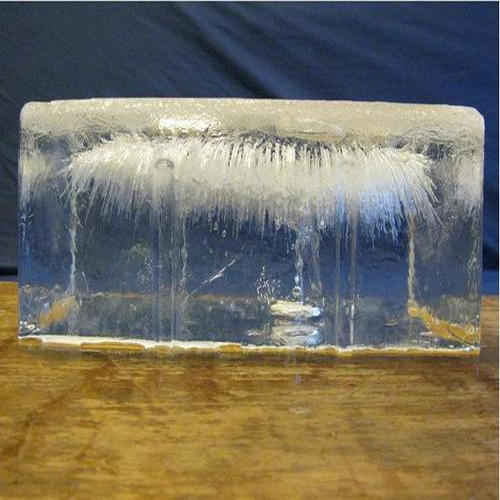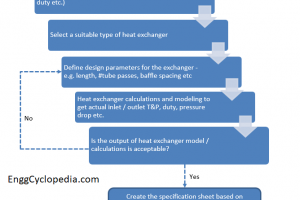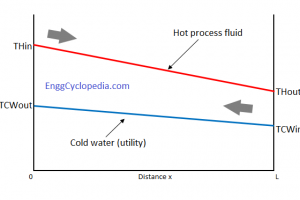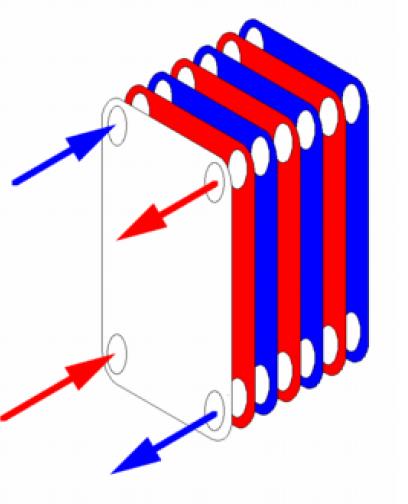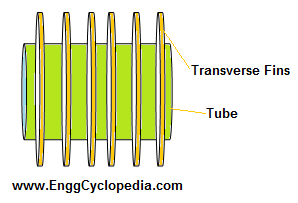Surface area available for heat transfer is quite an important determinant of the overall rate of heat transfer. Let us understand the importance of heat transfer surface area with a simple experiment.
Why ice cubes melt faster than a big block of ice?
There is very easy experiment to understand the concept of heat transfer to a solid body. Take a small ice cube from the refrigerator and a big block of ice from ice factory and put them in the same room. You may have even noticed it before. Which one do you think will melt first?
Any ice melts by absorbing heat from its surroundings. That raises up its temperature above the melting point. And then ice starts to melt.
Rate of heat transfer
The rate of heat transfer to both the bodies of ice - ice cube and ice block - is expressed with the same equation.
Q = U × A × ΔT
where, Q is the overall rate of heat transfer
U is the heat transfer coefficient between the ice and ambient air
A is the surface area of the ice cube or ice block
ΔT is the temperature difference between ice surface and ambient air
In the above equation, U and ΔT are the same in case of ice cube and ice block. Only the surface area is different.
It is quite clear then, the the rate of heat transfer is directly proportional to the surface area of the body. BUT, the large block of ice has a much larger surface area then the small ice cube. Then why doesn’t the large block melt faster?
Volume of ice to be melted
The large block does absorb heat at a faster pace. But all that heat is distributed across a large volume of ice. On the other hand the small ice cube has a very small volume that needs to be heated up.
In fact if you take the ratio of (surface area / volume) ice cube has a much larger area / volume ratio, than the ice block.
Correspondingly, the temperature of the cube rises faster and it melts faster.
Conclusions
- Heat transfer rate is directly proportional to the 'available surface area' for heat transfer.
- BUT the effect of that heat transfer also depends on the volume.
- Generally, it is better to consider the (surface area / volume) ratio when designing a heat transfer system.
